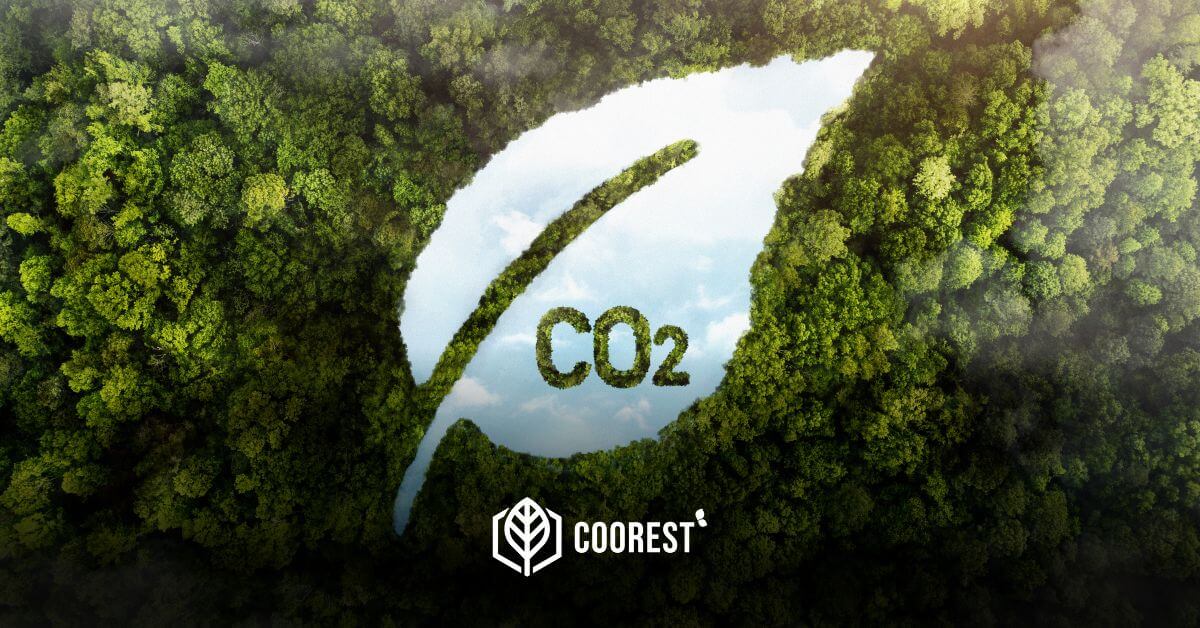
Carbon capture is the process of removing carbon dioxide from the atmosphere and sequestering it away so that it doesn’t contribute to climate change. Plants are nature’s carbon capture machines – they absorb carbon dioxide from the air and release oxygen back into it.
What plants capture the most carbon?
Trees are the most efficient at carbon capture, but all plants play a role in reducing atmospheric concentrations of this greenhouse gas. Forests are particularly important as they cover large areas and contain many trees.
The United Nations Food and Agriculture Organization estimates that forests store about 700 billion metric tons of carbon. Plants in the oceans and on land (excluding trees) account for another 550 billion tons of CO2. Additionally, a single tree can absorb anywhere from 20 to 50 kg of CO2 per year. Over its lifespan, it can remove over 1000 kg of carbon from the atmosphere.
How much carbon is emitted worldwide?
Carbon emissions are one of the leading causes of climate change, and they come from a variety of sources. The most common source of carbon emissions is the burning of fossil fuels, such as oil, gas, and coal. These emissions come from a variety of industries, including power generation, transportation, manufacturing, and agriculture. In addition to industrial sources, carbon emissions also come from deforestation and other land-use changes.
Globally, carbon dioxide emissions from the burning of fossil fuels totaled about 36 billion metric tons in 2018. This accounted for about 78% of all greenhouse gas emissions that year.
What is sustainable development?
The United Nations General Assembly defines sustainable development as “development that meets the needs of the present without compromising the ability of future generations to meet their own needs.” In other words, it needs to meet the needs of people today while also ensuring that future generations can also meet their own needs.
There are 17 Sustainable Development Goals (SDGs), which were adopted by all United Nations Member States in 2015. The United Nations SDGs address the global challenges we face, including poverty, inequality, climate change, environmental degradation, peace and justice.
All sustainable development goals are interrelated and interconnected. They recognize that action in one area will have an impact on other areas and that we must all work together to achieve them.
Among 11 other goals, the UN is calling for action by explaining how to initiate reforestation and help protect the environment. In addition, goal 13 of the SDGs is to take urgent action to combat climate change and its impacts.
Supporting carbon capture initiatives and compensating for our carbon emissions can help achieve this.
Why is it important to support carbon capture?
Carbon capture initiatives like reforestation, and afforestation, as well as forest and peatland conservation, remove or store carbon dioxide from the atmosphere. This helps mitigate the effects of global warming and lessens the severity of natural disasters.
The positive effects that carbon capture initiatives have on the climate are what make it a cornerstone of sustainable development. In addition to this, carbon capture can help us transition to a low-carbon economy, create jobs and stimulate economic growth while also providing other significant benefits such as improved air quality.
Even though the support for carbon capture projects has grown in recent years, this isn’t enough to reverse climate change. In order to increase the adoption of carbon capture, personal and commercial carbon compensation needs to become easy, convenient and accessible to everyone.
We at Coorest believe that anyone should be able to calculate their environmental impact and compensate for it.
That is why we have created an easy and transparent carbon compensation method that directly supports the planting of new trees.



